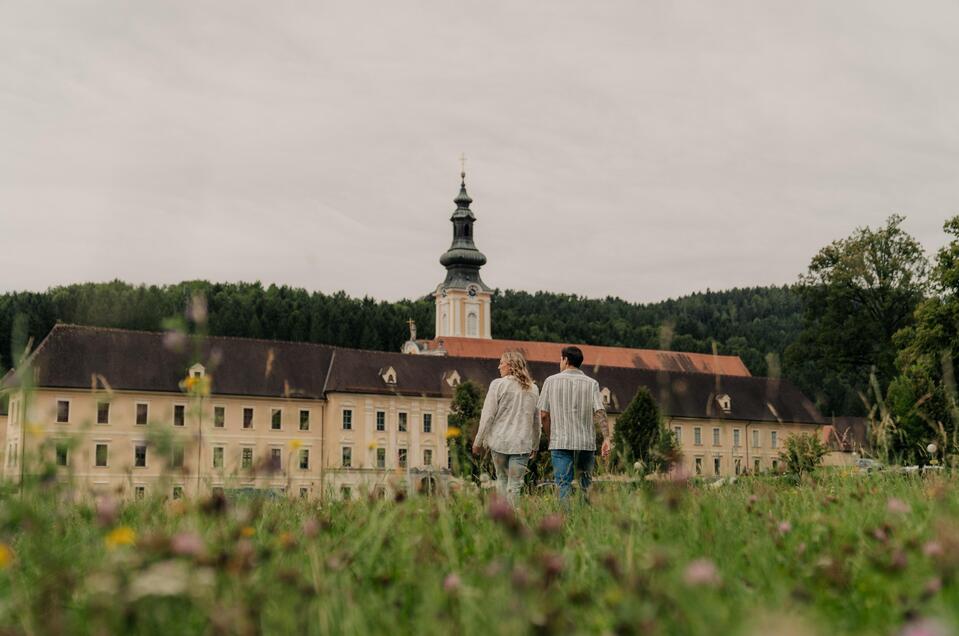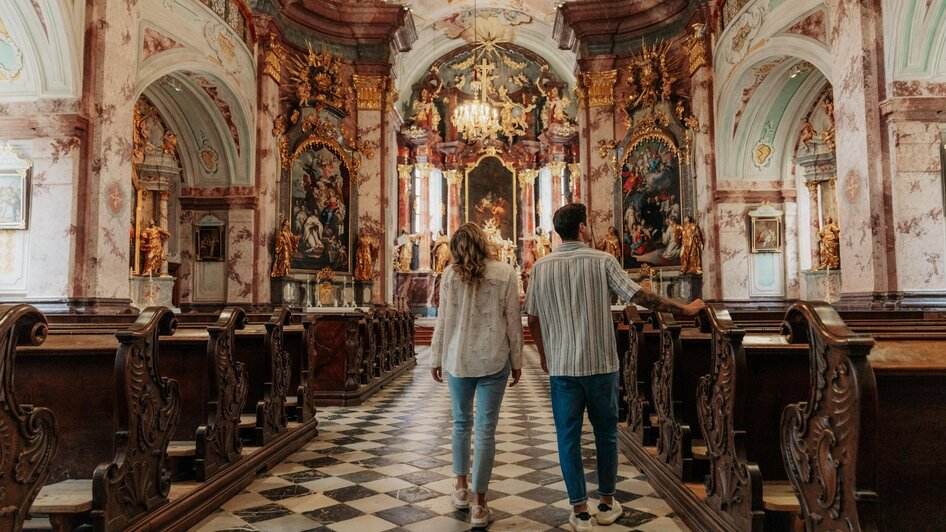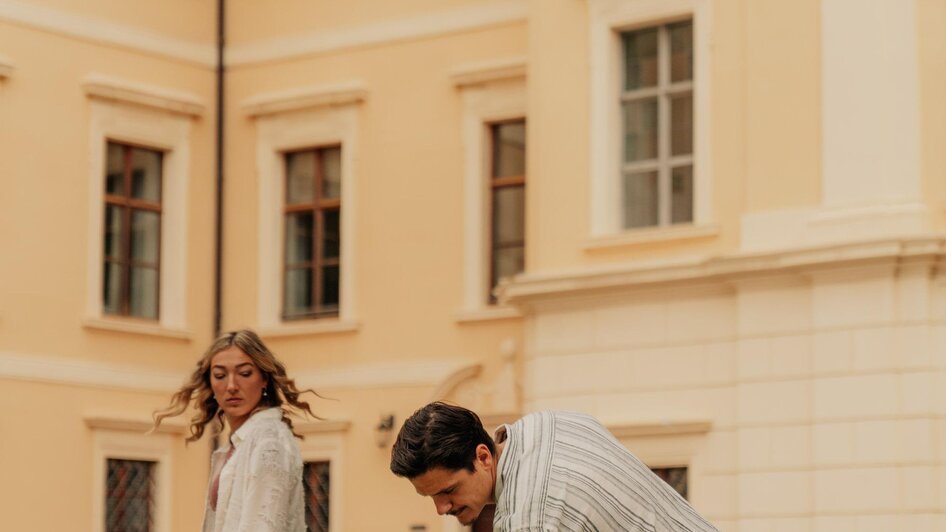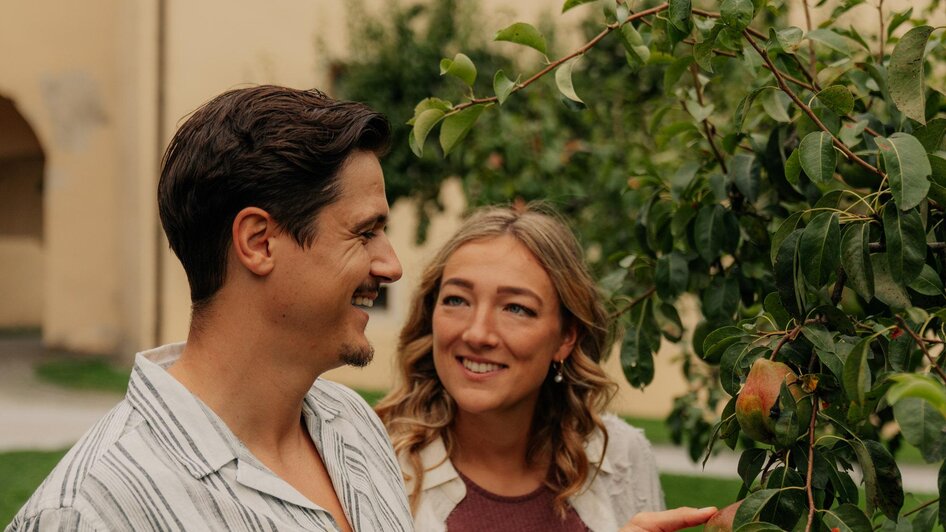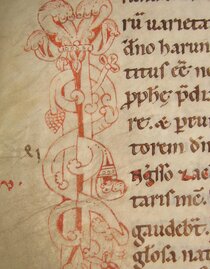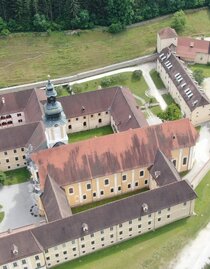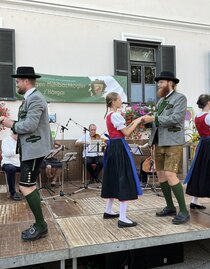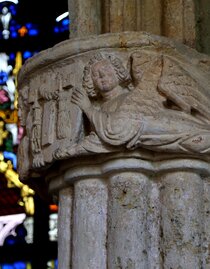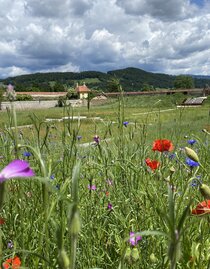Cistercian Monastery Rein
Gratwein-StraßengelFounded in 1129, Rein Abbey is considered the oldest Cistercian monastery in the world. The basilica, the library and the tomb of Margrave Leopold can be visited on guided tours.
Uplifting for body and soul - offer the picturesque Cistercian Abbey of Rein and its surroundings. The baroque collegiate church outshines the picturesque landscape north of Graz in sublime beauty, and the magnificent collegiate forests invite you to take long walks and hikes. Cistercian monks have lived in this monastery complex for over 800 years. In the library of the monastery, medieval manuscripts from the monastery's own writing room inspire young and old.
Group tours are permitted again as soon as possible, by individual arrangement on T +43/3124/51621-14 or gruppe@stift-rein.at.
The location of Rein Abbey on a stream in a quiet valley is characteristic of the Cistercian Order, which, in accordance with the Benedictine rule of "Ora et Labora" (Pray and Work!), always attached great importance to manual labour. In 1129, Margrave Leopold the Strong summoned monks from Ebrach in Franconia to Rein and founded the 38th branch of the order, which had originated in southern France in 1098. In addition to agriculture, fish farming and handicrafts, the Rein monks also ran a writing room. Around 300 medieval manuscripts and early prints have been preserved in the abbey library, which contains a total of about 100,000 volumes.
Rein Abbey was given its present baroque appearance around the middle of the 18th century by the Graz master builder Johann Georg Stengg. The 76-metre-long, 18-metre-wide and 17-metre-high wall pillar church is one of the largest and most beautiful churches in Styria. The painter Josef Adam Mölck left no spot unpainted, and renowned artists of the Baroque period furnished the church with impressive altars and sculptures. The dignified high altarpiece "Adoration of the Shepherds" was created by the important Austrian Baroque painter Johann Martin Schmidt (Kremser Schmidt).
Two sovereigns of Styria found their final resting place in Rein Abbey. Duke Ernst the Iron, father of Emperor Frederick III, rests in the burial chapel in the chancel. The tomb slab, which shows the duke in full armour and true to detail, is a masterpiece of Gothic sculpture (around 1425). During restoration work in the Lady Chapel, the tomb of the monastery's founder, Margrave Leopold the Strong, was discovered in 2006. Special guided tours show this tomb, as well as interesting archaeological finds dating back not only to the early days of the monastery but also to the Copper Age.
By the way: The name of the provincial capital Graz first appears in a (unfortunately not original) document of the Rein monastery, in which a "Dietmarus de gracz" is mentioned in 1128.
Accessible by public transport (bus from Lendplatz in Graz directly or train to Gratwein).
